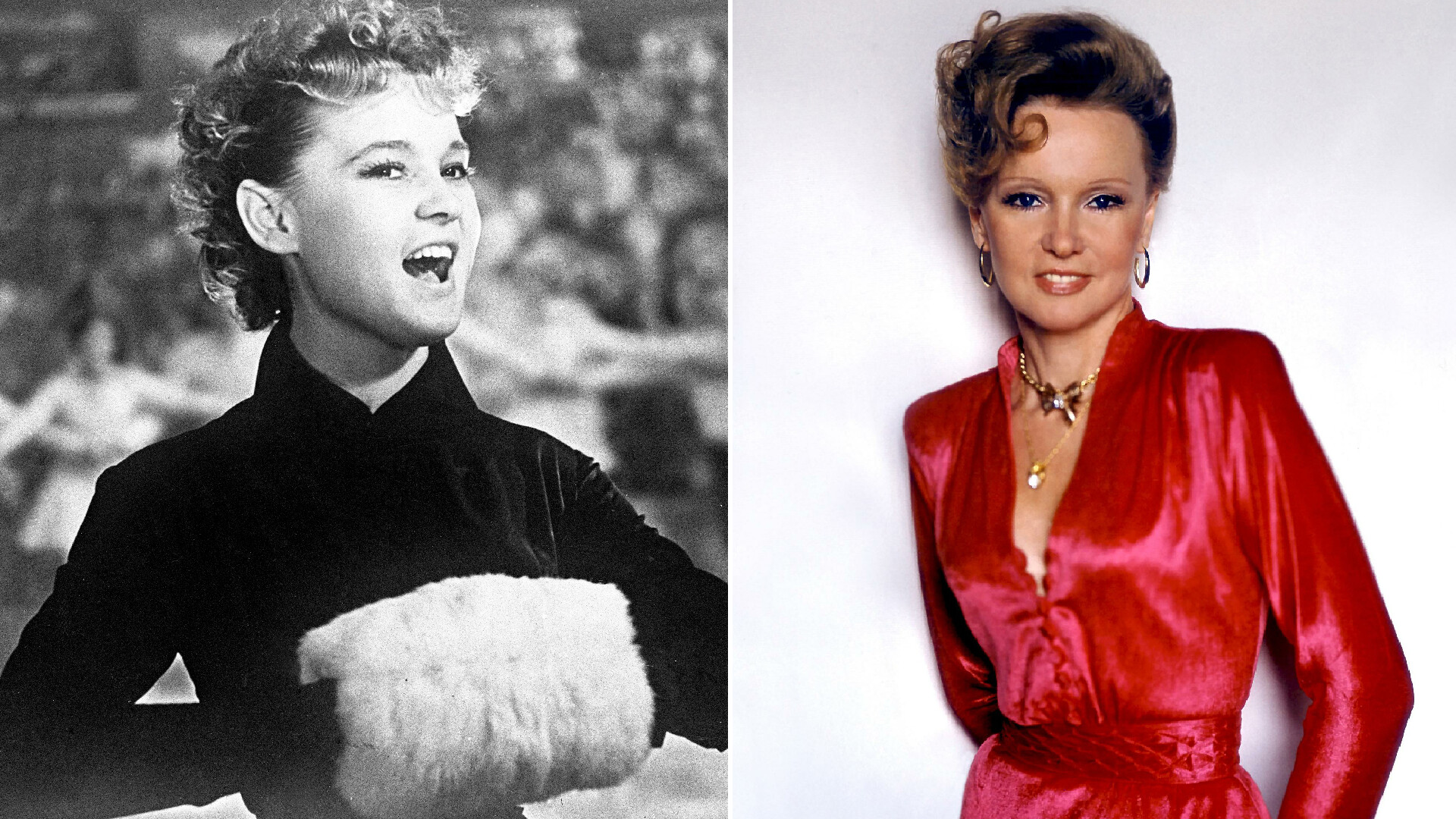
It was clear from a very early age that Lyudmila (or Lusya, as everyone who knew her called her) would become an actress. Her father was an accordeonist performing at the provincial house of culture. And she frequently joined him reading poems, tap dancing and singing. And with her huge talent and love of life, she entertained the public and was on the scene until her 1970s. But, most of all, she is famous for her timeless roles in movies.
She was born in 1935 in the city of Kharkov (Ukrainian SSR). Her school years were sadly marked by the Nazi occupation of the city. Her family and all the residents of the house were expelled, because a German unit was stationed there.
“If a bomb hit a grocery store, people armed with sacks and buckets, crowded together, pushing and pushing one another, ran to the ‘loot’. Many did not return. The Nazis shot those who hesitated to escape,” Gurchenko once recalled (link in Russian).
Several years, they lived in constant fear of the German soldiers and Lyudmila made money for the whole family by performing (including for the Germans). Graduating from school, she headed to Moscow dreaming of becoming an actress of musical movies. In 1953, she enrolled in the Institute of Cinematography.
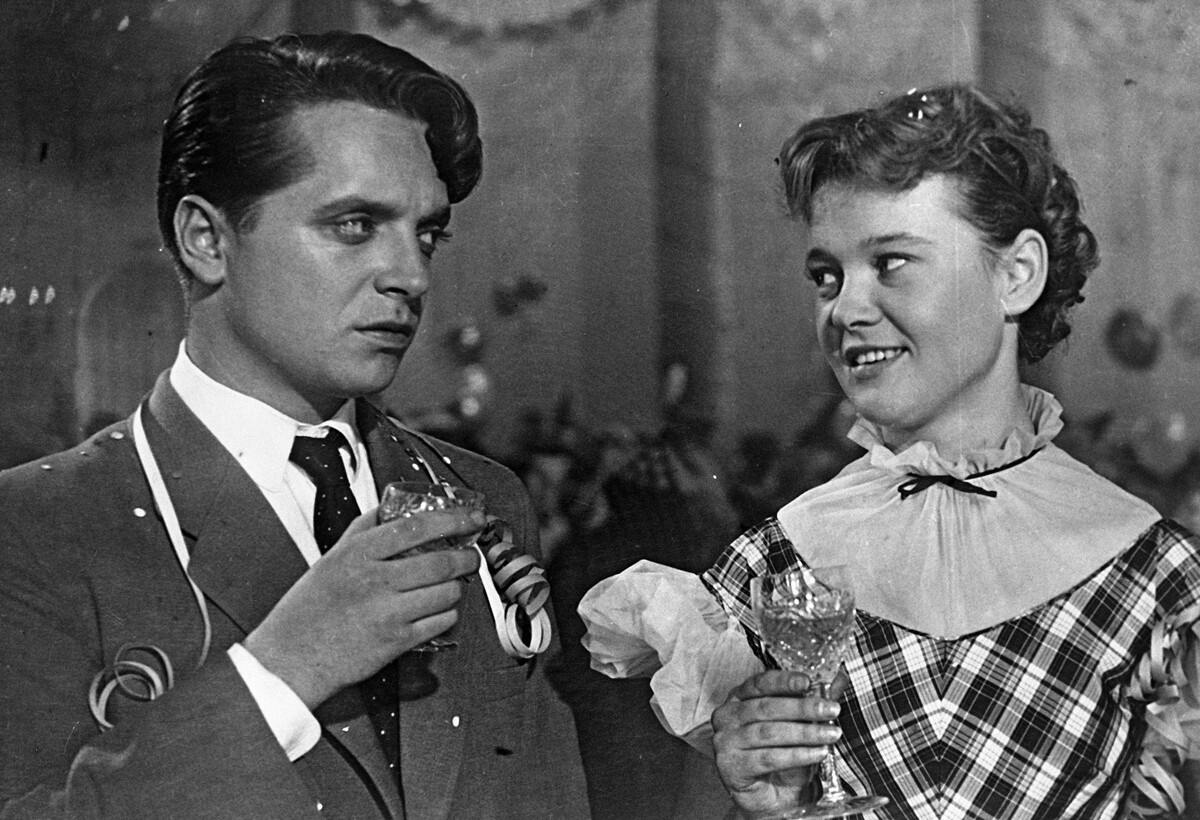
A still from ‘Carnival Night’
SputnikThe whole Soviet Union got to know Lyudmila Gurchenko in 1956, when she played one of her first roles. The New Year’s Eve comedy ‘Carnival Night’ became incredibly successful at the Soviet box office. Soviet viewers fell in love with the young actress and the New Year’s song ‘Five Minutes’ in her performance became iconic.
Gurchenko almost met the fate of “one character” actress, who can only play pretty girls and sing in light comedies. After the movie’s success, Gurchenko starred in the musical ‘A Girl with Guitar’ (1958) that was written specially for her. Though the movie was quite popular, it wasn’t as great a success as ‘Carnival Night’.
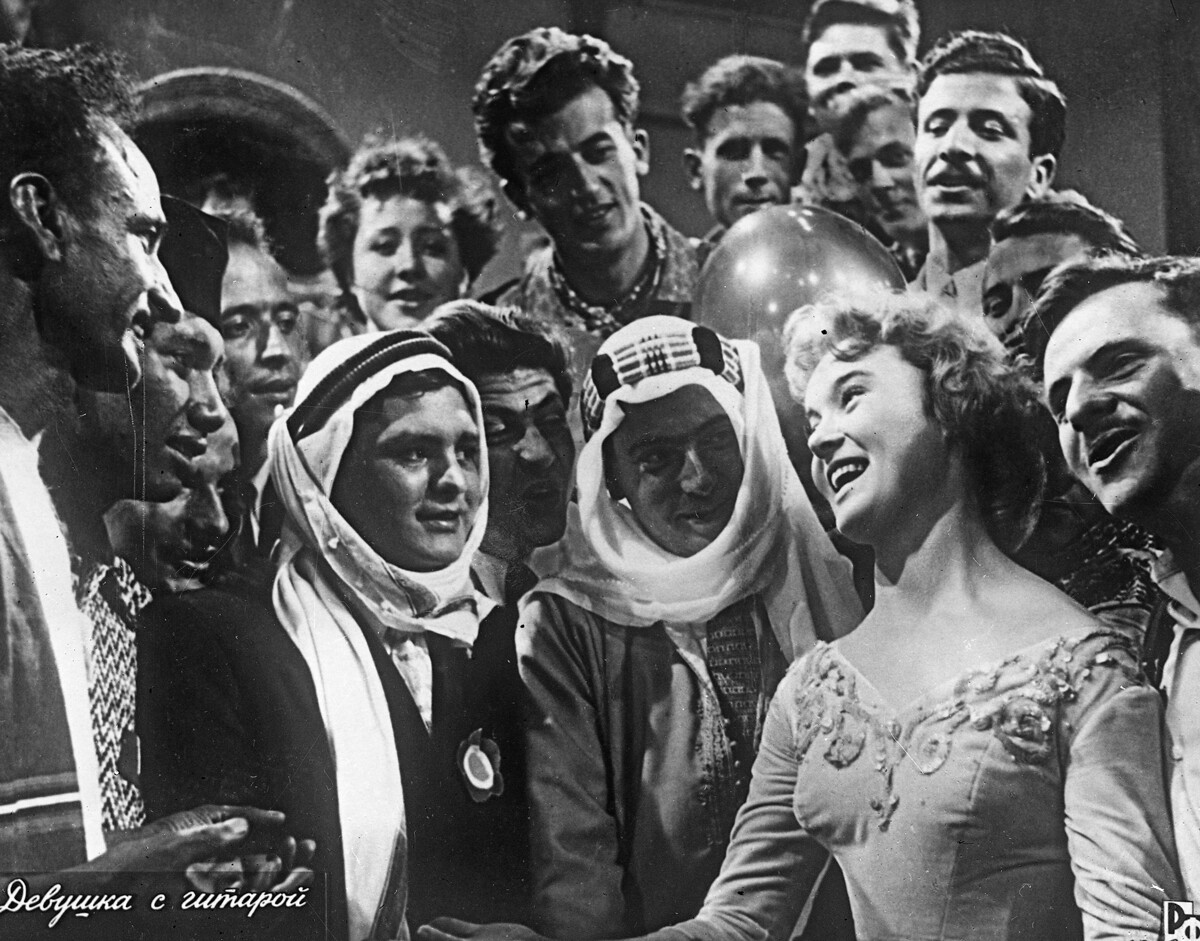
A still from ‘A Girl with Guitar’
SputnikAfter that and until the 1970s(!), Gurchenko only played in a couple of relatively unknown independent movies and this period was considered her “oblivion” from cinema.
However, the reasons behind it are believed to go deeper than just because of her acting skills. According to legend, Gurchenko was asked to work as a KGB informant at the 1957 World Festival of Youth and Students. She refused, which made her persona non grata of Soviet cinema.
Gurchenko could have met the fate of many other beautiful actresses - playing the same love story heroines over and over. However, her talent was bigger than that and she managed to show her skills and let directors believe in her. She also didn’t consider herself as beautiful and could laugh at herself. And she worked hard on her professionalism, charisma and sense of style.
After the “oblivion” period, she had a triumphal return on big screens and since then, the list of roles and the diversity of them was quite impressive.
Her first major role after ‘Carnival in Moscow’ was a 1976 Soviet-Romanian-French co-production titled ‘Ma ma’ (aka ‘Rock’n’Roll Wolf’), in which she plays a mother goat.
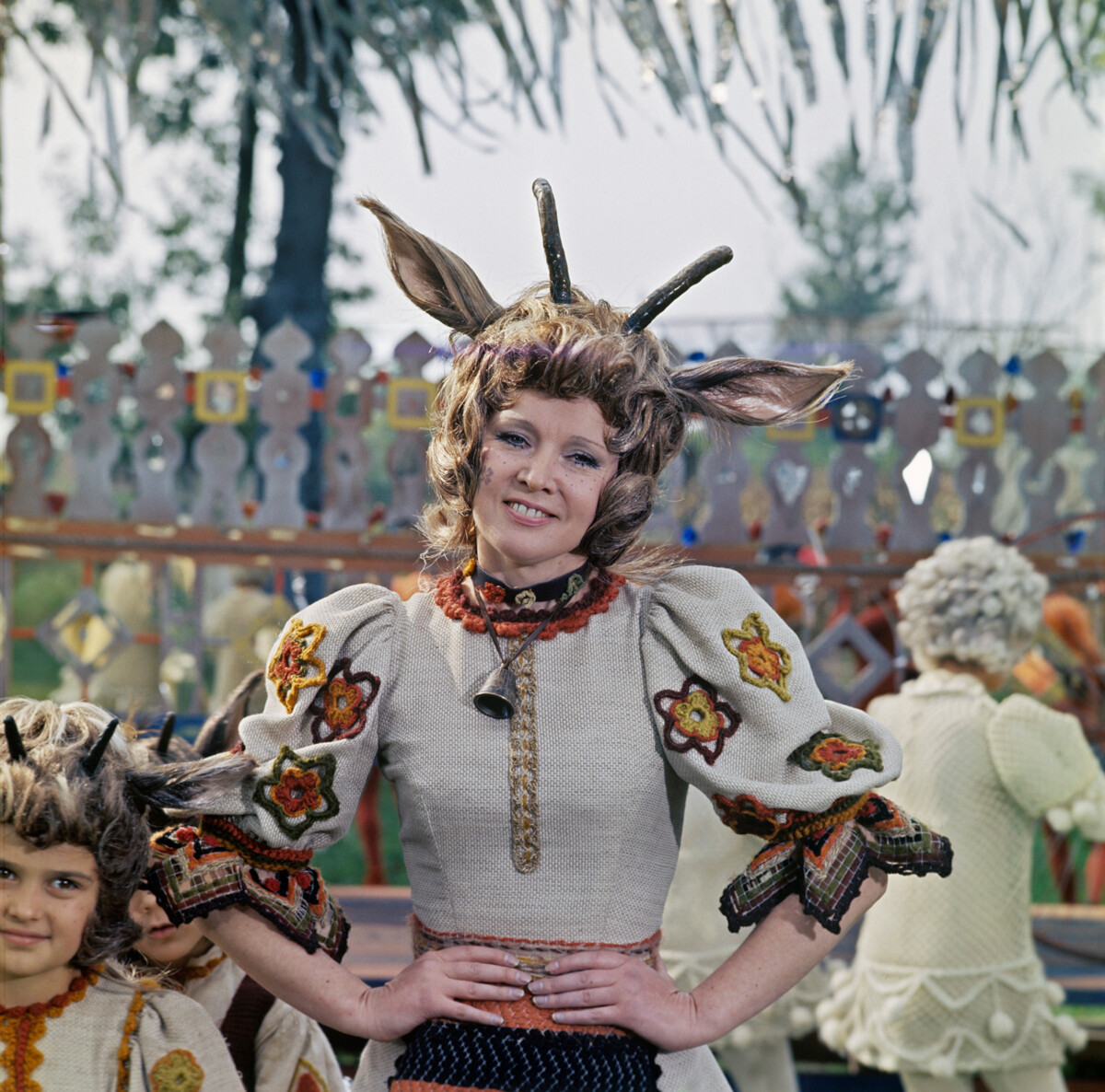
A still from ‘Ma ma’
V.Uvarov/SputnikShe then played an incredibly intense role in a love story for the war drama ‘Twenty Days Without War’ (1976). She even cut her hair for a more realistic depiction of a woman being evacuated.
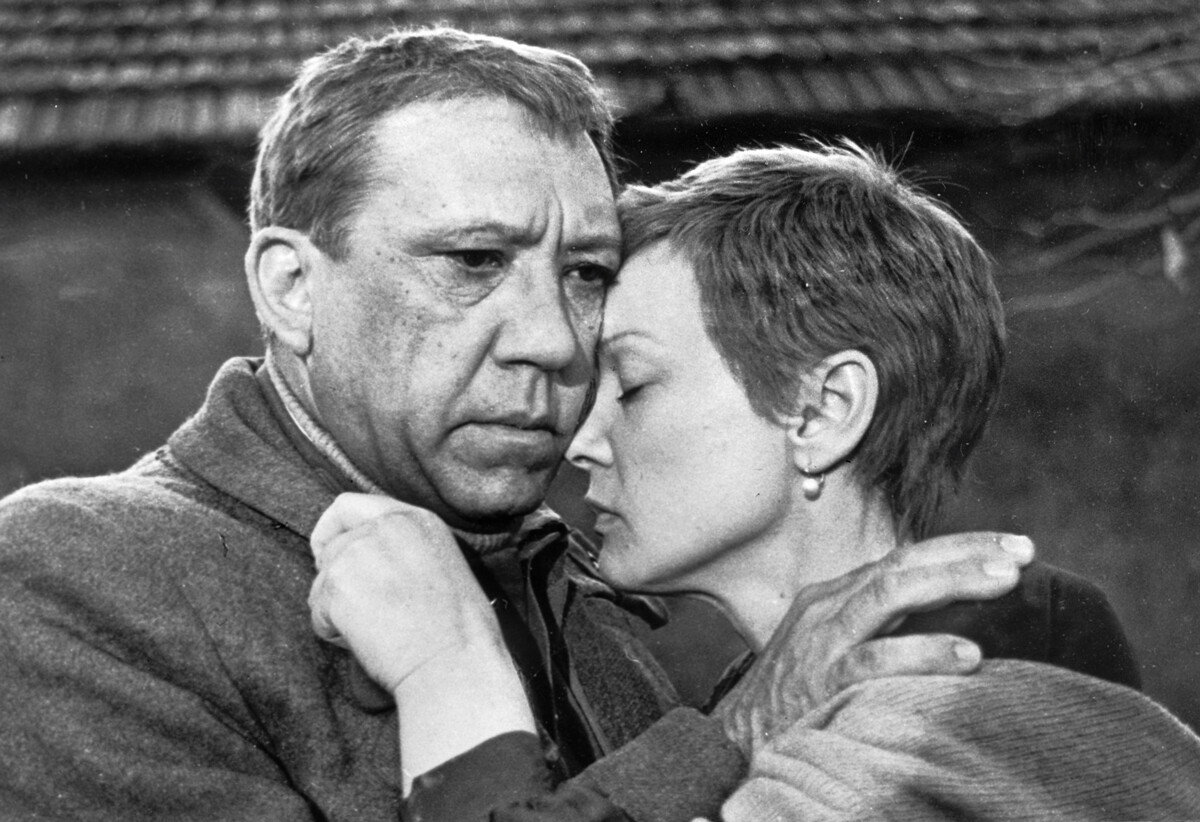
A still from ‘Twenty Days Without War’
SputnikShe made spectators believe in her rural Siberian woman waiting for her beloved man from the war in ‘Siberiade’ (1979), which was subsequently awarded with the Grand Prix of the Cannes Film Festival that year.
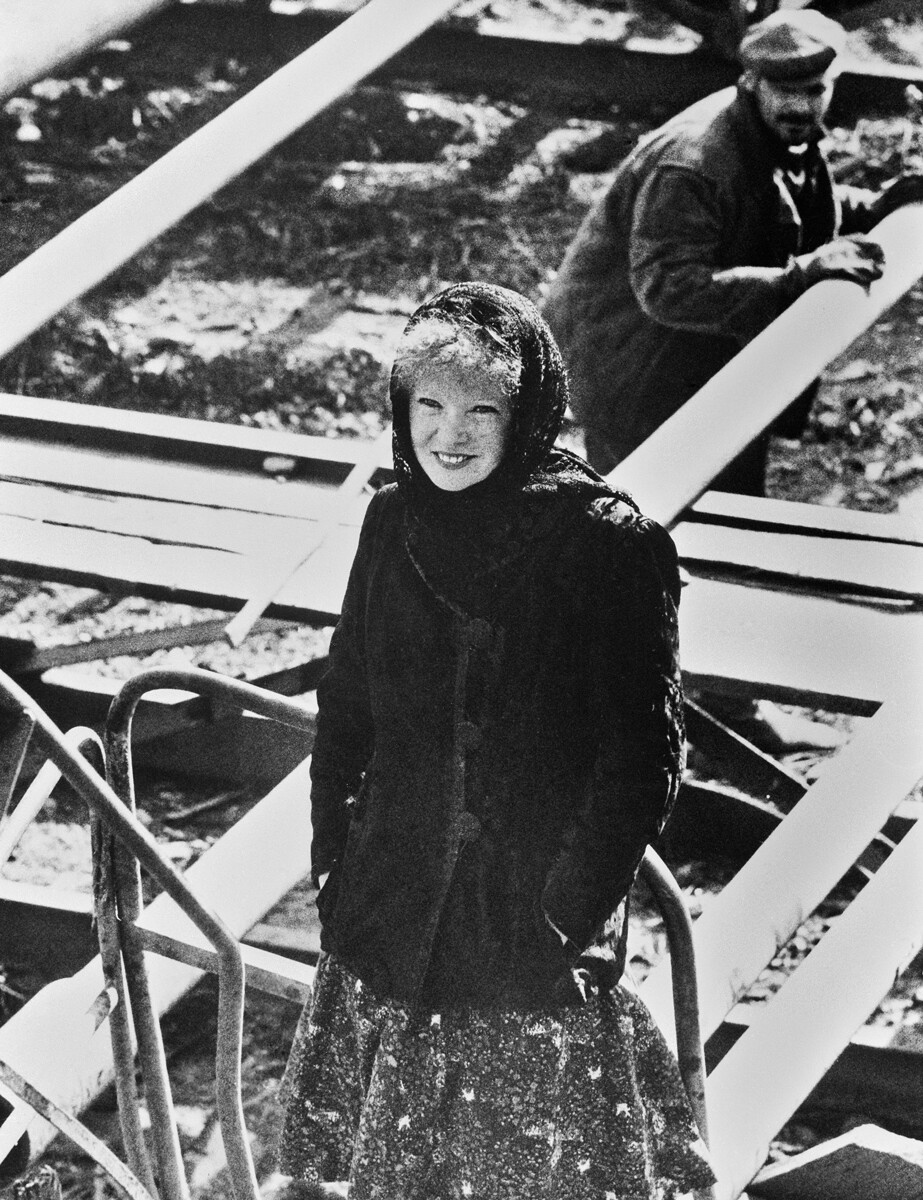
A still from ‘Siberiade’
TASSGurchenko absolutely amazed audiences in the now iconic movie ‘Station for Two’ (1983) that entered the Cannes Film Festival. Her role as a provincial waitress working on a railway station may seem cheerful and lighthearted, but she appeared to have a hard fate and seemed to have overcome a lot in life.
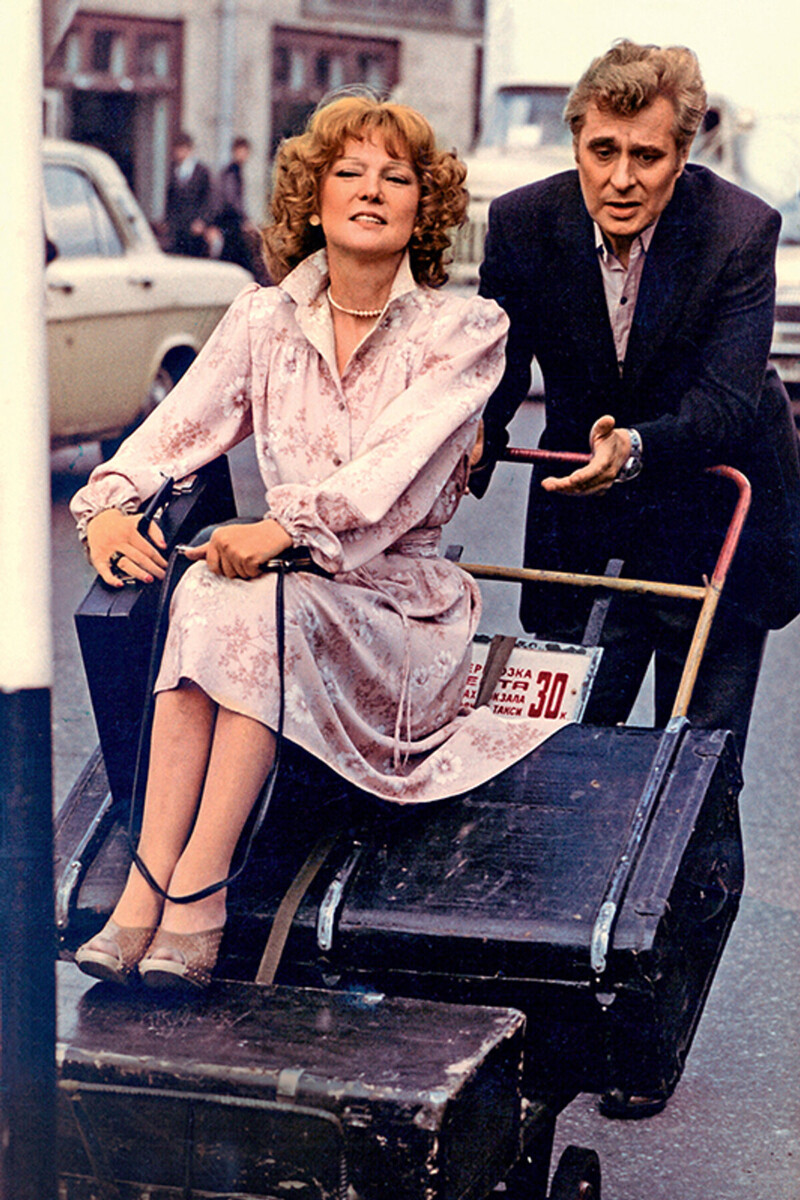
A still from ‘Station for Two’
Eldar Ryazanov, 1982/Mosfilm/SputnikHer not very big, but incredibly catchy role in another iconic comedy ‘Love and Pigeons’ (1984) made the whole Soviet Union laugh out loud.
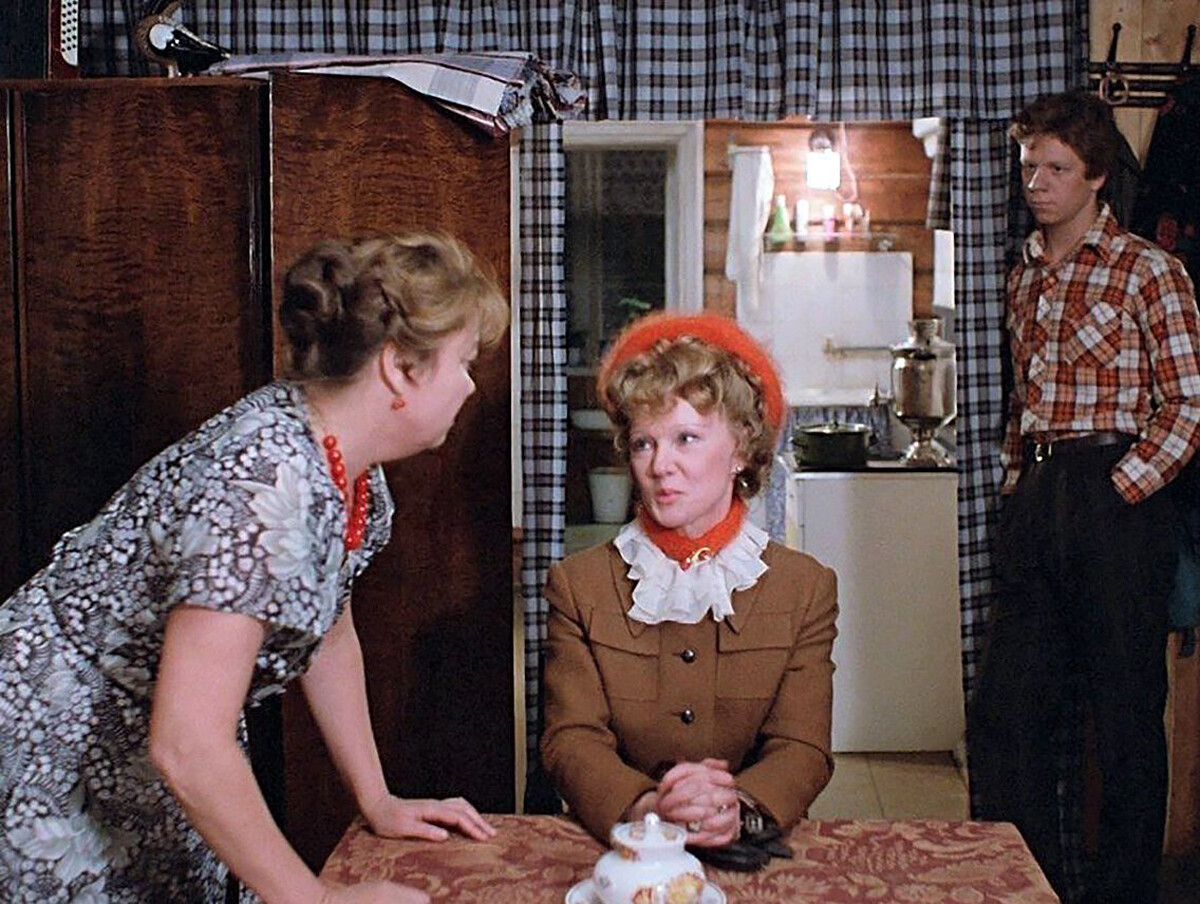
A still from ‘Love and Pigeons’
Vladimir Menshov, 1984/Mosfilm/SputnikShe showed a caricature character of a stylish urban lady being in love with a rural simpleton.
Gurchenko starred together with the most famous actors, recognized sex symbols of Soviet cinema, making many other fellow actresses envious.
She was a partner of Alexander Abdulov in ‘Recipe of Her Youth’ (1983).
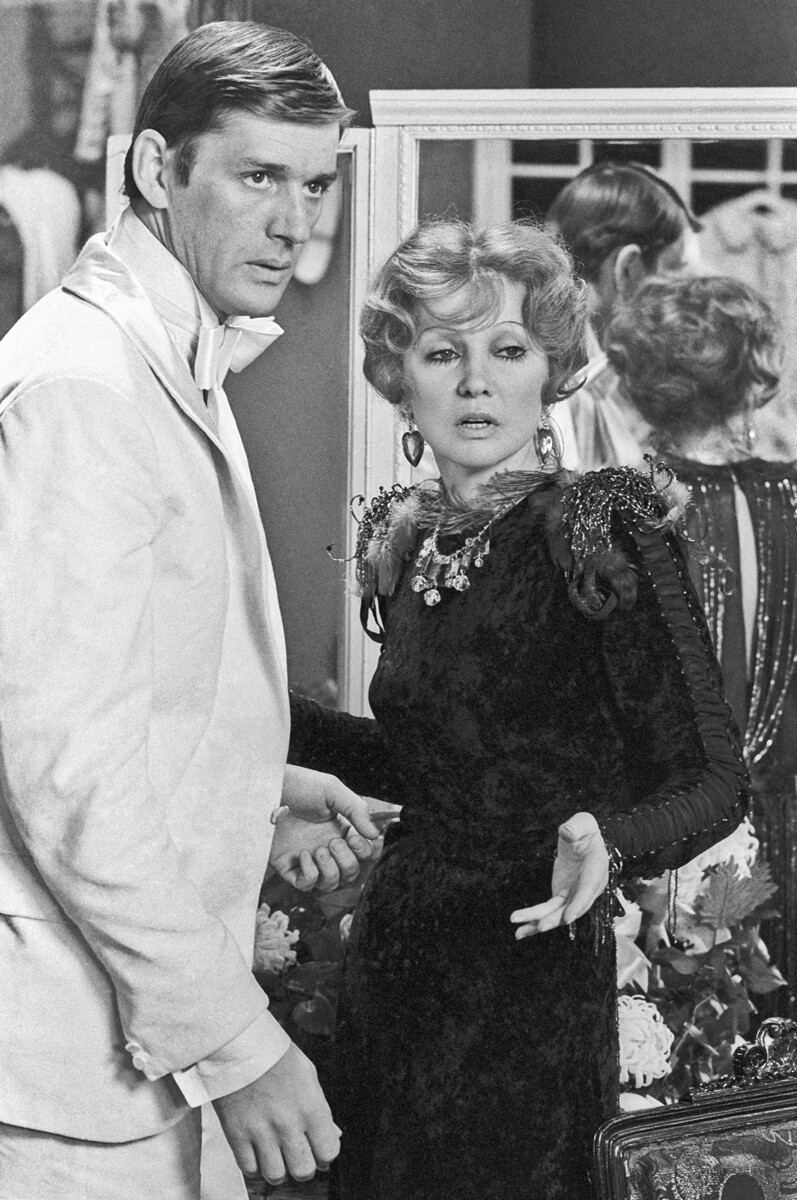
‘Recipe of Her Youth’
Nikolai Malyshev/TASSShe was put in the brilliant love triangle with Oleg Basilashvili and Nikita Mikhalkov in ‘Station For Two’.
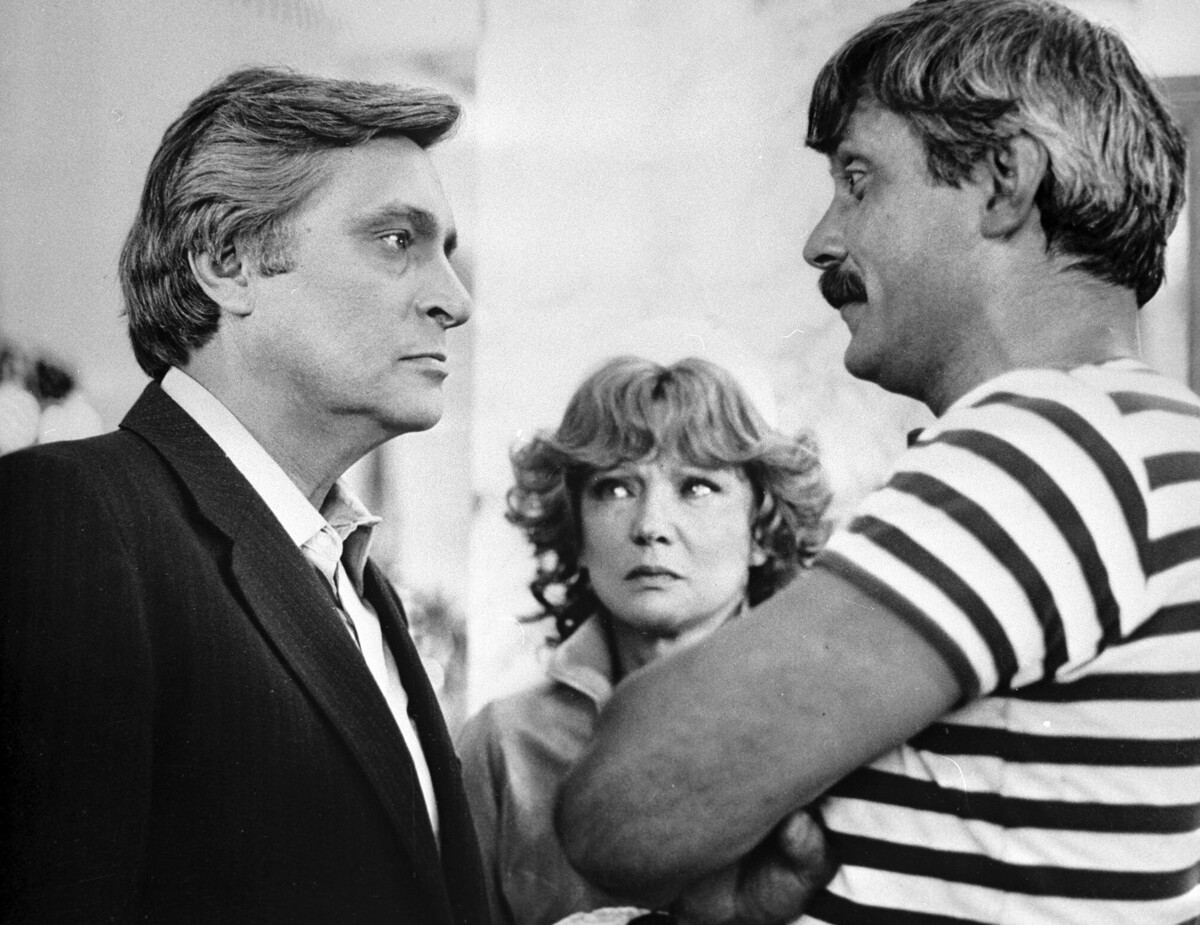
‘Station For Two’
SputnikShe played an ex-lover of Oleg Yankovsky’s character in ‘Flights in Dreams and Reality’ (1983).

‘Flights in Dreams and Reality’
Jozef Mosenjnik/TASSAnd she had a great duet with Oleg Tabakov in the semi-biographical movie ‘Applause, Applause…’ (1984)
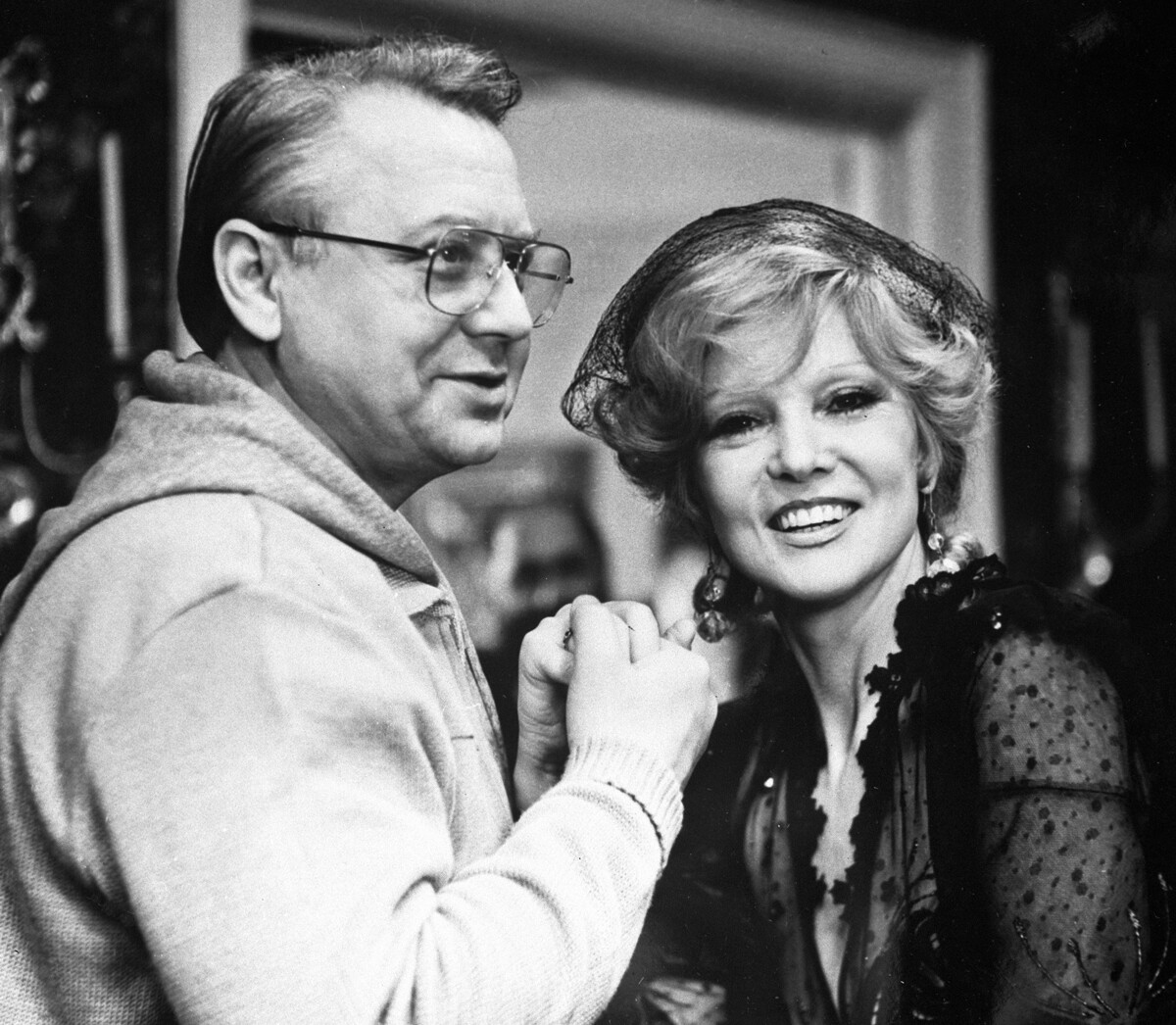
‘Applause, Applause…’
SputnikHer personal life was not less exciting. She had a total of six husbands(!), among which were great film directors, actors and musicians, including Iosif Kobzon, a famous Soviet and Russian singer. Her sixth husband, who is now taking care of her heritage, is 26 years younger than her.
And, of course, such a stormy personal life couldn’t avoid rumors and scandals. Gurchenko only had one daughter and tabloids were buzzing that they were in conflict and didn’t communicate much.

She starred in more than 80 movies (be it a leading or support role). After the great success of ‘Station for Two’, in 1983, Gurchenko was recognized as the People’s Artist of the USSR and won several state awards. With it, she became one of the most famous Soviet actresses of all time.

At the same time, she was considered as one of the most stylish actresses. Some of her outfits were eccentric and ahead of their time and many of them she sewed herself, saying that the lack of available dresses caused inspiration and an imagination boost. She had a big collection of dresses and epic outfits, which, after her death in 2011, were exhibited many times for the public.
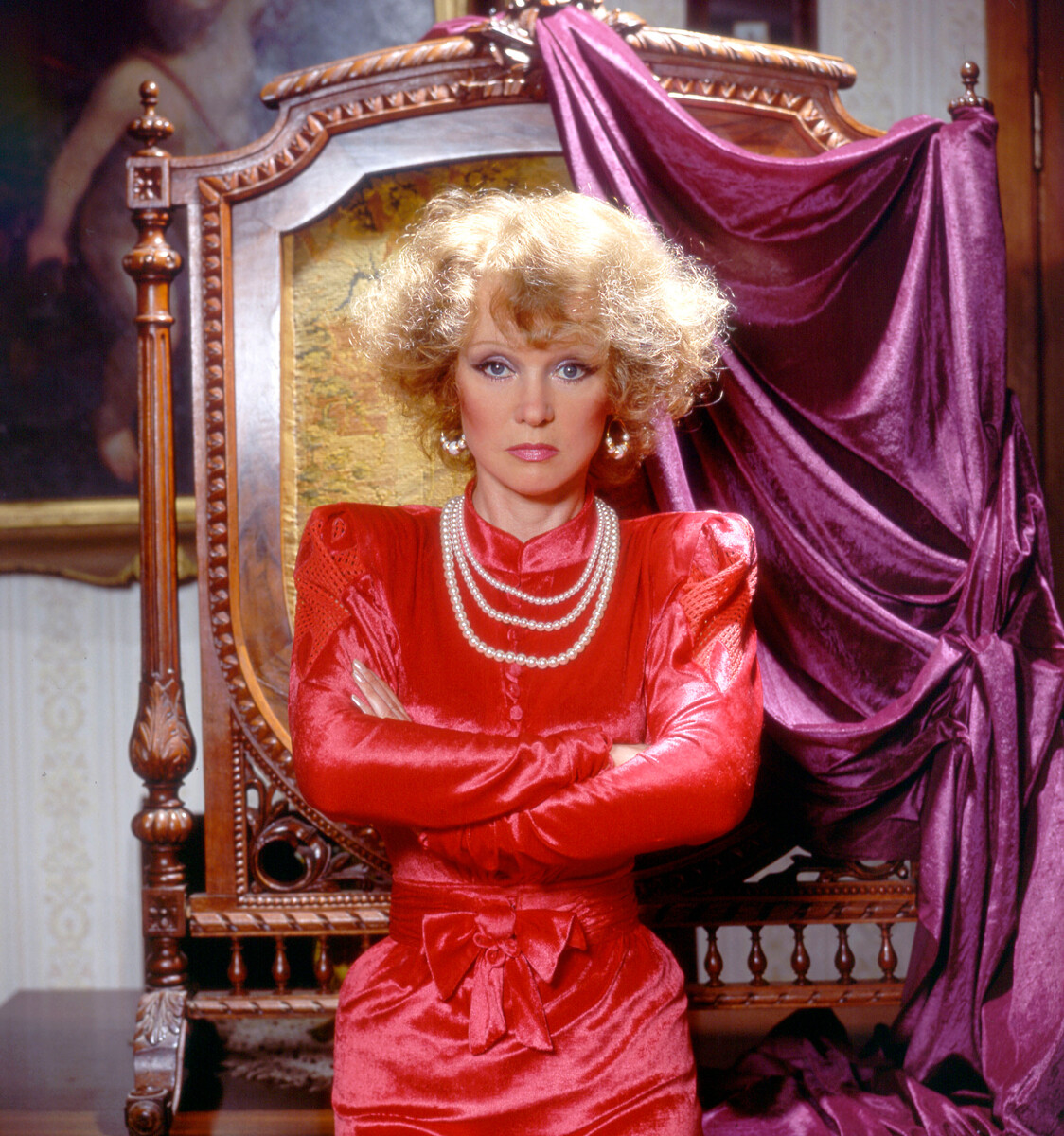
And she was famous for having one of the slimmest waists in the whole Soviet Union - 43 cm was the record. She also remained in incredibly good shape up until her 70s! Soviet women tried ‘diets like Gurchenko’, but failed. She didn’t have a certain strict food plan, she tried not to overeat, but could easily have a midnight cheat meal. In interviews, she said that the years of war and starvation most probably made their contribution to her shape.
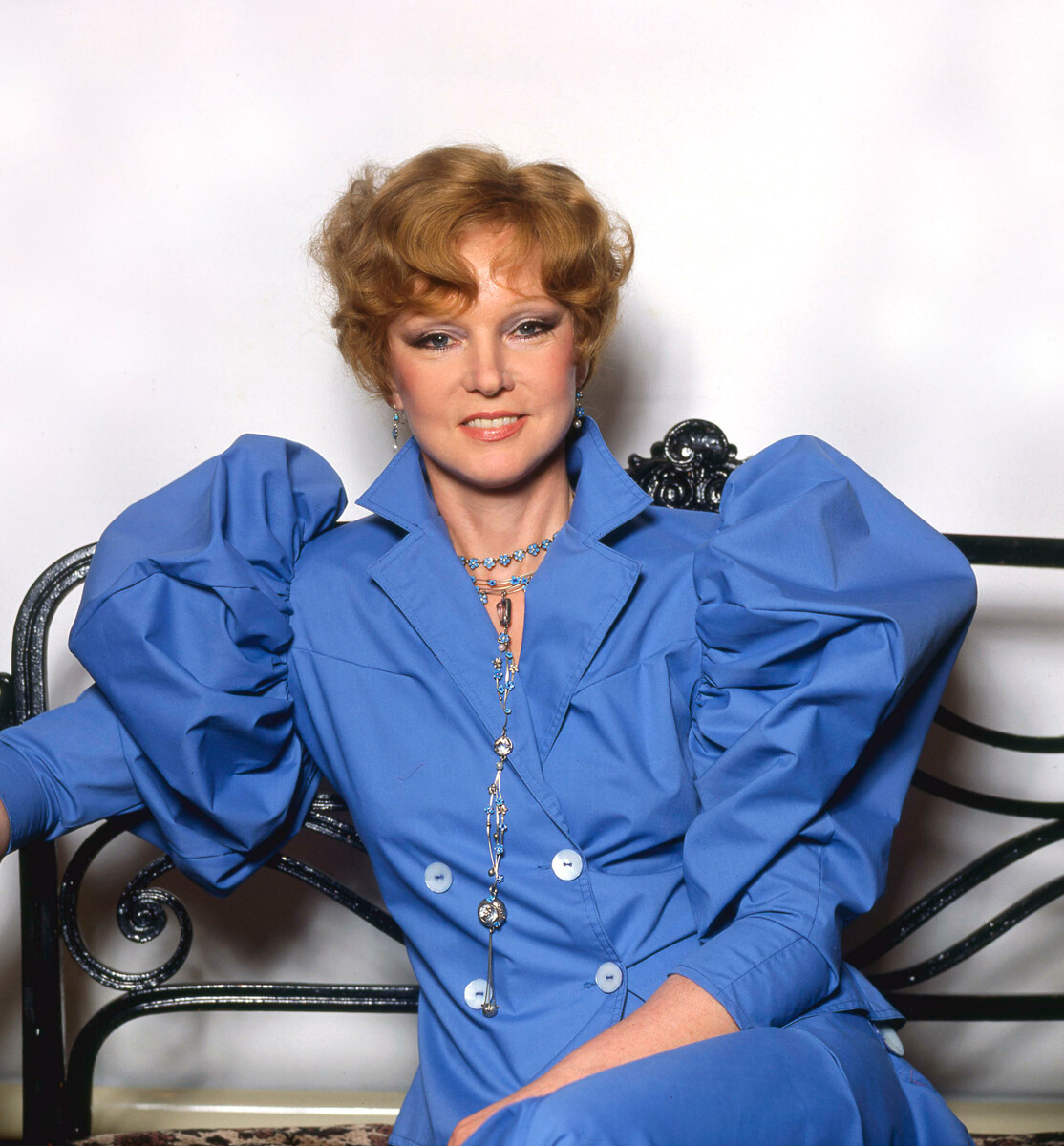
“I need someone to tell me every day, ‘We love you! We need you!’ And it lifts my chin, it straightens my shoulders,” Gurchenko revealed her main secret. She kept working in cinema in the 2000s, as well. At the same time, she performed even more on stage with songs.
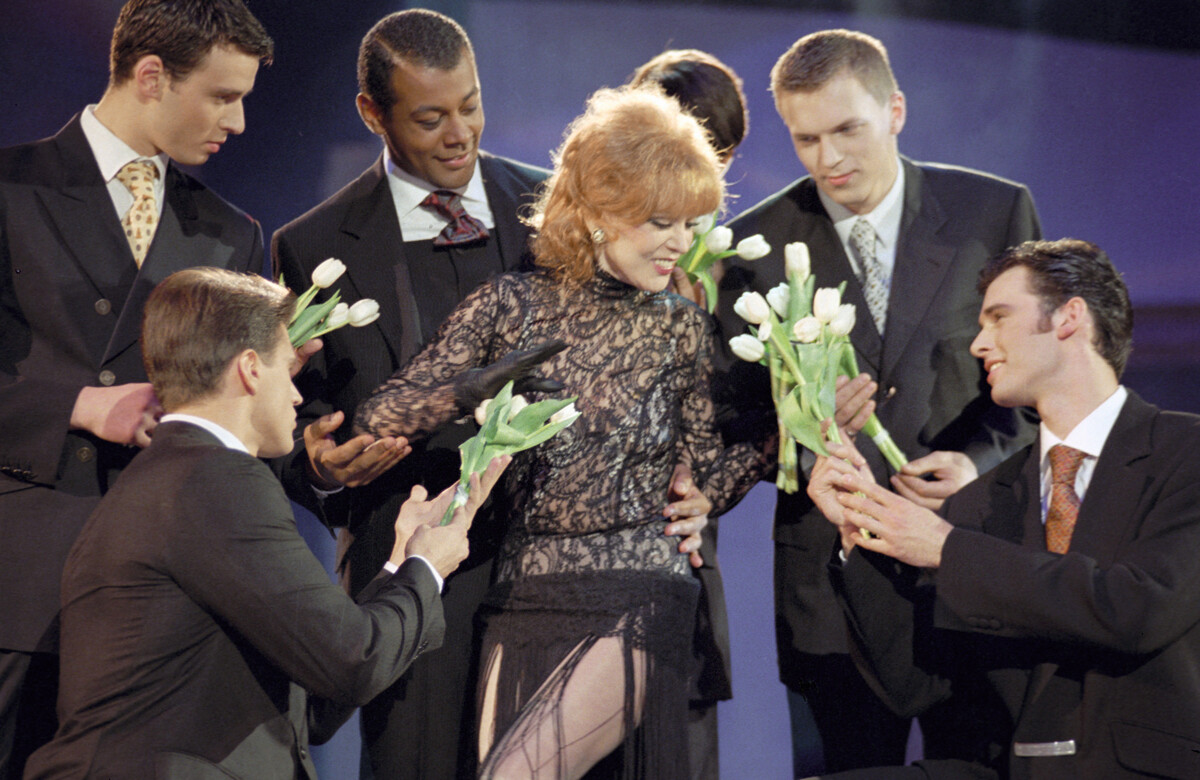
And though, in her later years, people made fun of her appearance, having become too keen on plastic surgeries, she still sang, performed and kept laughing at herself as she always did.
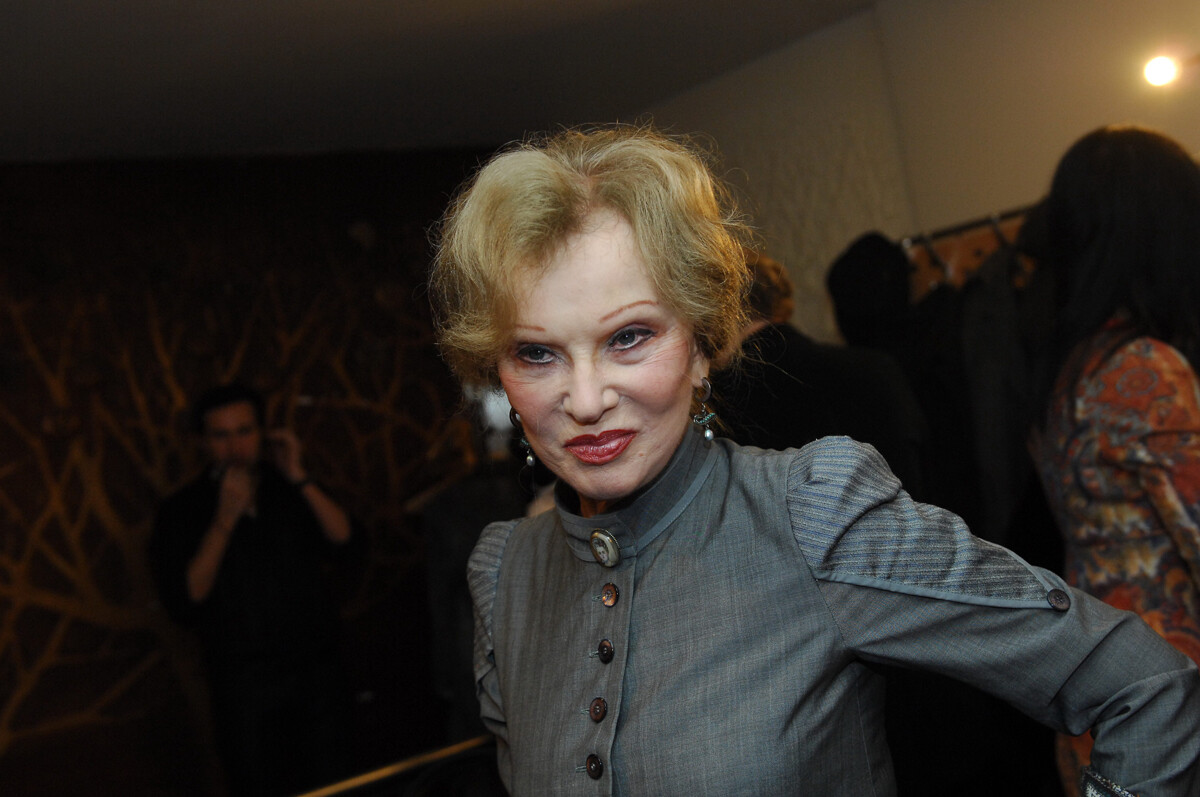
“My style was contagious cheerfulness and optimism. I carried myself as a symbol of irony over myself!”
Dear readers,
Our website and social media accounts are under threat of being restricted or banned, due to the current circumstances. So, to keep up with our latest content, simply do the following:
If using any of Russia Beyond's content, partly or in full, always provide an active hyperlink to the original material.
Subscribe
to our newsletter!
Get the week's best stories straight to your inbox